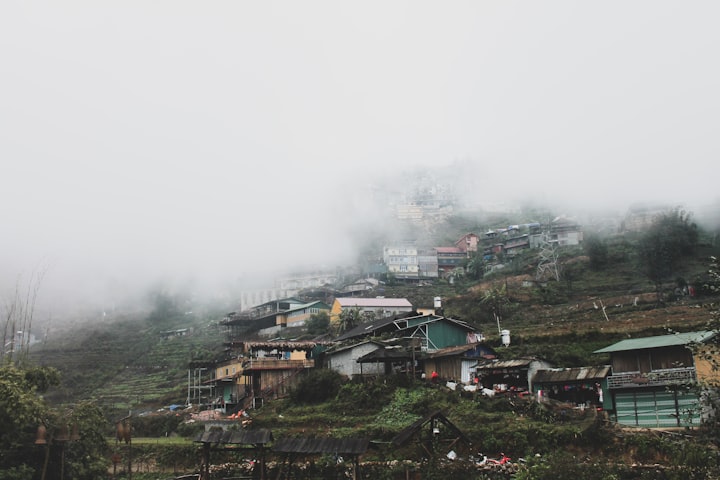
Normal is the name of many villages, towns, and cities around the world. It typically originates from a standard term used in the naming of settlements, either derived from Latin or reflecting the typical nature of the settlement. Depending on location, a Normal village may be considered urban, rural, or suburban. Generally, Normal villages reflect local conditions and culture, such as traditional architecture, housing and planning, local transportation, community and educational facilities, and green spaces. Most Normal villages offer shopping, dining, recreation, and entertainment in the form of parks, shops, and other public amenities. Normal villages often feature amenities such as libraries, medical centers, and schools. They also provide convenient access to other nearby towns and cities for residents.
About beautiful village A beautiful village is typically a peaceful community brimming with life, with an array of features that contribute to the overall atmosphere of tranquility and charm. Typical features of a beautiful village include green fields, quaint houses, a variety of shops, friendly locals, and a rich cultural history. Beautiful villages also typically have well-preserved architecture, cobbled streets, and a village pub or cafe. Depending on the region, the village may have a river or stream running through it, which can be a great place to relax or take a leisurely stroll. In larger villages, there may be historic churches, impressive manor houses, and landscaped gardens. In some of the most scenic villages, you might find picturesque thatched cottages that are centuries old. Regardless of where you find it, a beautiful village is sure to create lasting memories.
1. Cleaner air: Living in a village means away from the city, and that means an atmosphere of fresh air. The absence of motorised vehicles and industries means no air pollution.
2. Fresh food: Food produced in villages is much fresher and healthier as it is grown organically and free from factory-made preservatives.
3. Relaxation: Village life brings a sense of peace and relaxation, with fewer distractions and more time to enjoy leisurely activities.
4. Sense of community: Village life creates an inherent sense of community and stronger bonds among people. Everyone knows each other and looks out for each other.
5. Stress-free life: Life in a village is generally simpler and less stressful than the life in a city, with fewer demands on one's time and resources.
6. Cost-effective lifestyle: Living in a villageis much more economical than living in a city, as there are fewer opportunities for spending.
7. Safety and security: Villages have much lower crime rates. People can feel free to leave their homes unlocked and take evening strolls at night without fear of being harmed.
.8. Natural beauty: Village landscapes are often full of natural beauty, with vast expanses of green fields and trees, hills, and other rural scenery. This can provide a sense of calm and relaxation.
9. Easy access to help: In village life, people can access help from their neighbours or even medical aid if necessary, due to the close proximity of people in villages. This can help add a sense of security and protection. 10. Environment-friendly lifestyle: Life in a village is generally more environment-friendly than life in a city, with fewer emissions in the environment, as well as less waste being generated..
In villages, plants are usually used to create landscaping features, beautify private gardens, and provide food and medicinal resources. Common plants found in villages could include fruit trees such as citrus, apple, cherry, and apricot trees; spices such as rosemary, curry leaf, and nutmeg; and vegetables like okra, tomatoes, and eggplant. Many plants in villages also serve as a source of firewood to fuel cook stoves. Additionally, many villagers use plants for medicinal and spiritual purposes, such as growing medicinal herbs for healing traditional remedies. Other plants found in villages include decorative and fragrant flowering plants, such as roses, jasmine, and marigolds.





Comments
There are no comments for this story
Be the first to respond and start the conversation.